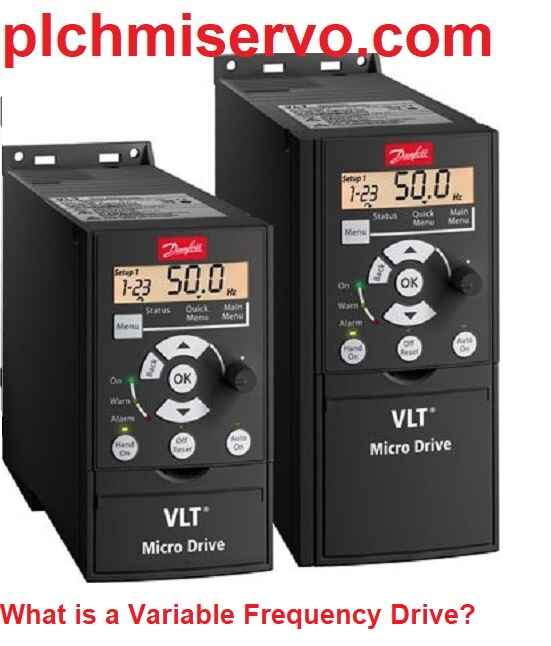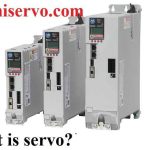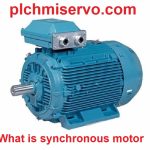What is a Variable Frequency Drive?
A variable frequency drive, also known as a VFD, is a type of AC motor drive. It is able to control the speed and torque of a motor by adjusting the frequency of the input electricity. This device is a key component in a drive system, which consists of an AC motor, main drive controller assembly, and drive/operator interface. Depending on its design, a VFD can regulate either the voltage or current variation. These drives are utilized in a wide range of applications, from small household appliances to large industrial compressors. In comparison to hydraulic systems, VFD systems are often more efficient, especially in scenarios involving pump and fan control.
The concept of Pulse Width Modulating (PWM) variable frequency drives originated in the 1960s at Strömberg in Finland, with Martti Harmoinen credited as the inventor of this technology. Strömberg successfully introduced PWM drives to the Helsinki Metro in 1973, with the first operational PWM drive, SAMI10, being implemented in 1982. Over the years, advancements in power electronics technology have led to reductions in the cost and size of VFDs, as well as improvements in performance through developments in drive topologies, semiconductor switching gadgets, simulation and regulation techniques, and control software and hardware. VFDs now encompass a variety of low- and medium-voltage AC-AC and DC-AC configurations.
What are the types of VFD & What is a Variable Frequency Drive?
There are three different types of VFDs that are grouped based on how they change power:
1. VSI type VFDs
The most common type of VFD is the VSI, or Voltage Source Inverter. VSI provides a smooth voltage waveform depending on the output frequency. It has a simple design that includes a diode rectifier with a capacitor for filtering and storing DC energy, which is then converted into AC using an inverter. VSIs offer good operating speed and can control multiple motors. However, they have poor power factors and can cause motor cogging at frequencies below 6 Hz. They are non-regenerative and cannot store energy flowing back from the motor.
2. CSI type VFDs
CSI (Current Source Inverter) VFDs provide a smooth current waveform and use large and expensive inductors to store and deliver steady DC current. They consist of SCR-based rectifiers for AC-to-DC conversion and inductors for filtering and storing DC. These VFDs can store regenerative power but may cause motor cogging at low frequencies. They are frequently utilized in signal-processing contexts.
3. PWM type VFD
PWM, or Pulse Width Modulation, is a method used to vary the average power delivered by changing the duty cycle of a signal. A PWM-based VFD utilizes fixed pulses of DC voltage with varying duty cycles to replicate a sinusoidal waveform, resulting in consistent voltage output and enhanced power efficiency in comparison to alternative VFD types. It includes a simple diode bridge rectifier to convert AC to DC, a Control Unit to adjust the duty cycle of the inverted output and an additional regulator for voltage and current regulation. PWM is the most common method used in VFDs due to its advantages, such as improved motor efficiency and power factor.
How does a Variable Frequency Drive work
The process of how a variable frequency drive works involves taking a fixed AC voltage and frequency and converting it to DC through a rectifier bridge. This DC voltage is then filtered using a capacitor bank and inductors before being inverted back to AC at the desired frequency for the motor.
+The control circuitry, which includes a microprocessor or DSP (digital signal processor), communicates with the PLC and user (through a keypad or HMI) to oversee the motor operation and detect any faults.
+By coordinating the switching of power devices, the control circuitry ensures that the power components are activated in the correct sequence to vary the motor speed by adjusting the voltage and frequency output.
+Simple VFDs can preserve motor torque by ensuring a constant volts-to-frequency ratio, while more sophisticated models use adaptive and intelligent algorithms to improve motor performance.
Essentially, a VFD serves the purpose of converting one voltage and frequency to another to alter the motor speed without compromising torque.
A VFD drive system can be divided into three main subsystems:
1. An AC motor (typically a three-phase induction motor, but sometimes a single-phase or synchronous motor).
2. A primary drive controller consisting of a solidified power electronics transformation system with components such as a DC link or filter, rectifier bridge converter and an inverter or switching section.
3. A monitoring and control interface. This interface allows the operator or PLC to start and stop the motor, adjust the speed, change direction, and provide information on the motor’s operation and the drive’s health. Communication with a PLC can be achieved through various serial communications protocols or traditional methods involving relay inputs and outputs combined with analog signals (4-20mA or 0-10V).
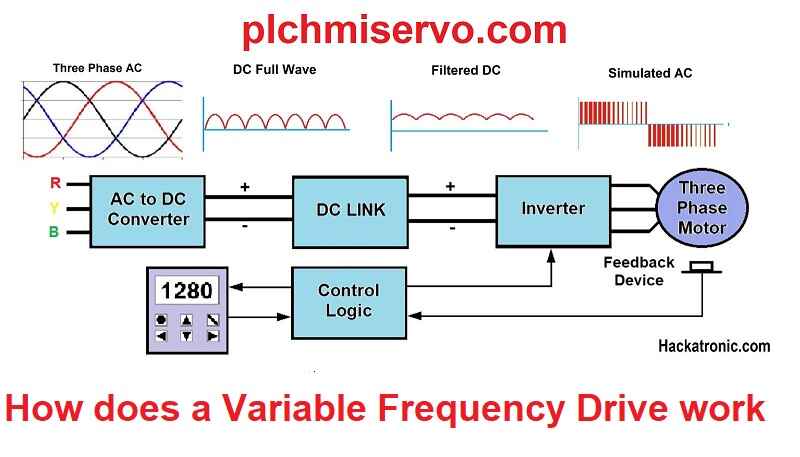
What is a VFD motor
A VFD motor is an AC motor that is controlled by a variable frequency drive (VFD). The VFD adjusts the frequency and voltage supplied to the motor to precisely control its speed and torque.
The key components of a VFD motor system are:
1. AC motor – Typically an induction motor that runs on variable frequency AC power supplied by the VFD.
2. Variable frequency drive (VFD) – Converts fixed frequency AC power to variable frequency AC power to control the motor speed.
3. Control system – Provides the control signals to the VFD to set the desired motor speed and torque.
The VFD controls the motor speed by varying the frequency of the AC power supplied to the motor windings. VFD motors are used in many applications that require variable speed control such as fans, pumps, conveyors, compressors, and more. They provide benefits like energy savings, soft starting, extended motor life, and precise speed control.
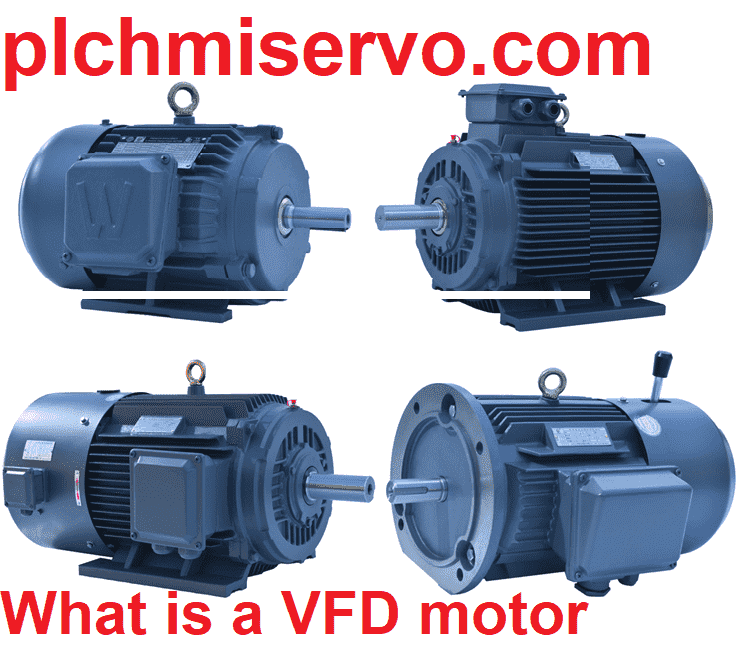
How to set up VFD
Here are the general steps to set up a VFD:
1. Install the VFD
2. Wire the VFD
3. Connect the motor
4. Configure the VFD: Most VFDs have a control panel or a software interface for configuring the various parameters. Set the following parameters as per your application requirements:
+Enter the motor’s nameplate data, such as voltage, current, frequency, and power ratings.
+Select the appropriate control mode (e.g., speed control, torque control, or vector control).
+Set the desired acceleration and deceleration rates for the motor.
+Set the maximum frequency at which the motor should operate.
+Configure the desired start and stop modes for the motor.
5. Program additional features (if required)
6. Perform auto-tuning (if available)
7. Test and verify
8. Implement safety measures
It’s important to note that the specific steps and configuration parameters of setup process may vary depending on the VFD manufacturer’s manual and model.
Advantages and Disadvantages of Variable Speed Drives
Advantages:
+Variable Speed Drives (VSDs) are known for their energy efficiency, surpassing that of dc drives. The efficiency of VSDs operating at various speeds typically ranges from 92-95%.
+VSDs offer superior dynamic response compared to dc drives, allowing for better control of systems.
+These drives provide a wide range of speed, torque, and power outputs, enabling improved control and quality of processes.
+VSDs enhance process system quality by offering a broad range of control options.
+VSDs have lower starting currents compared to traditional dc drive systems, contributing to their efficiency.
+The power factor of the drive system also plays a role in enhancing the efficiency of variable speed drives.
Disadvantages:
+The generation of harmonic currents is a common issue associated with variable speed drives. Because their switching nature can introduce disturbances and lower the overall power quality of the electrical system.
+Businesses often face high initial costs when implementing VSDs. There is a significant investment required for equipment and installation.
+The complex nature of integrating VSDs into existing systems can also be a challenge for businesses lacking in expertise, leading to difficulties in installation and maintenance.
+Motors driven by VSDs may suffer from inadequate cooling at reduced speeds, potentially resulting in overheating issues.
References:
https://en.wikipedia.org/wiki/Variable-frequency_drive
https://www.electricaltechnology.org/2021/11/vfd-variable-frequency-drive.html#types-of-vfds
https://www.hallam-ics.com/blog/how-a-variable-frequency-drive-works
